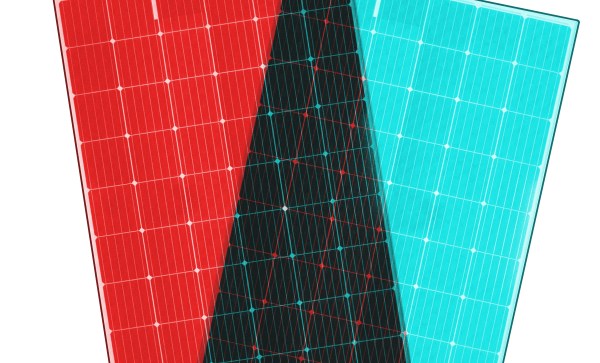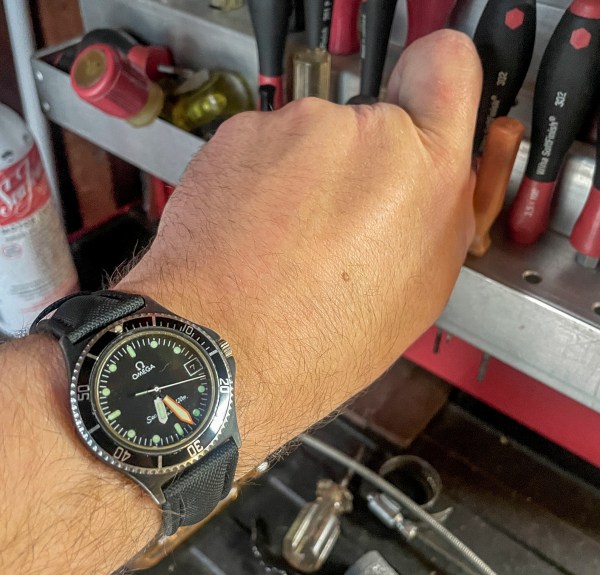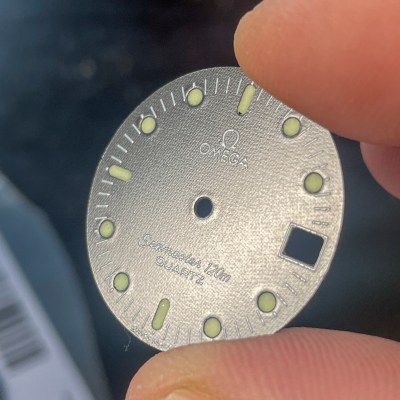There was a time when all you needed to use your car was a key. On older vehicles it was a traditional metal key, on more recent ones it had some kind of RFID chip for the immobilizer. As vehicles have become more and more computers on wheels though, the key has disappeared in favor of an electronic key using RF, and in many cases a smartphone application. It’s even used as a selling point: “Look how amazing our car is, you open it with an app!”
Now the obvious flaw is beginning to show in this strategy, as Nissan Leafs made before 2016 and on the road in the UK are to have their app support withdrawn. The manufacturer cites the withdrawal of 2G services, but this seems a little fishy when you consider that the older networks will continue to exist in some form until 2030.
Frankly, there’s part of us that welcomes this news. On one hand, it affects relatively few early adopters. But at the same time, it has the promise of finally educating a gullible public that while a car may last into its second or third decade, the superfluous technology with which it has been loaded probably won’t. If it makes consumers clamor for longer support, or better built vehicles, it can only be a good thing. We’re guessing stories like this will become increasingly common in the next few years — luckily for Leaf owners, its relatively trivial loss of functionality won’t be the worst among them.
If the carmakers have forgotten how to make a vehicle without the dross, we’d be delighted to remind them.
Header: Kārlis Dambrāns, CC BY 2.0.
Thanks [CampGareth] for the tip.















